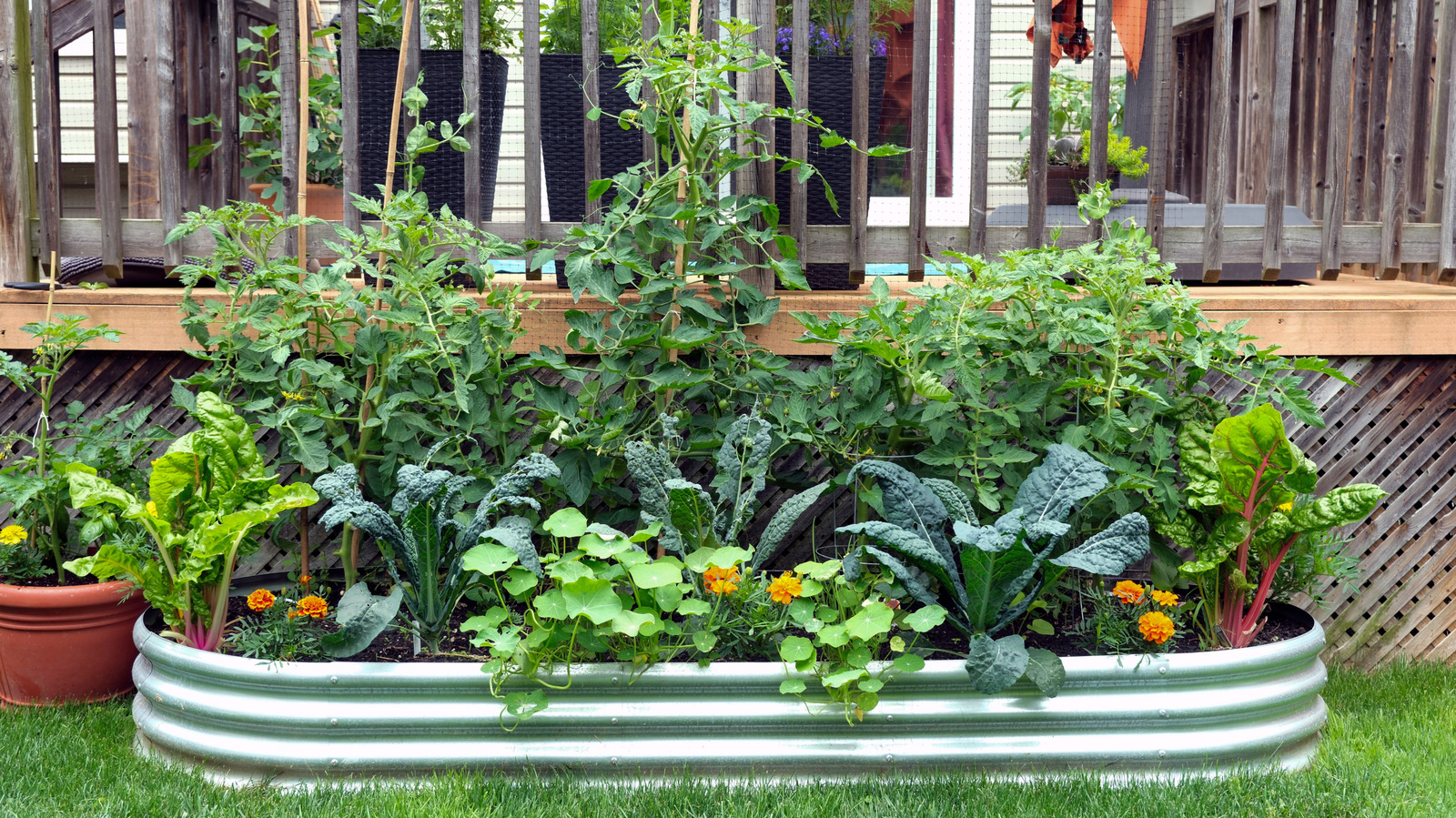Bugs are everywhere, especially in the summer months, and they will eat the food you so meticulously grow for yourself in your garden if you’re not careful. You could douse your fresh vegetables in pesticides to deter them, but avoiding pesticides may be one of the reasons you’re growing your own food in the first place. Luckily, there is a natural deterrent that you can plant in your edible garden that will keep ants and moths from ruining your veggies. As a bonus, it’s delicious. Your natural, herbaceous solution? Plant mint in your garden to keep the bugs away.
The essential oil present in mint is menthol, which, if you’ve ever sucked on a cough drop, you probably know has quite an intense aroma and taste. Studies have found that because of its menthol content, mint can be used as an effective insect repellent in your home garden. There are many varieties of this herb, including chocolate mint, but the two most popular are spearmint and peppermint. The latter has much more menthol than spearmint. So if you’re planting mint for its insect repelling abilities, you’ll want to go with peppermint.
Ants, moths, mosquitoes, mites, and other common garden pests are put off by the smell and will stay away if there’s too much of it in your garden. Not only that, but mint also has antimicrobial and antiviral properties, meaning it can actually inhibit the growth and spread of certain fungi, bacteria, parasites, and viruses. There aren’t a lot of downsides to planting mint in your garden, but there are some things to take into consideration.
How to plant mint to repel pests
In order to effectively plant mint in your garden to keep pests out, you’ll want to place it in an area with lots of sun. It’s important to note that mint grows very fast, and if you’re not careful, it could take over your garden. Mint is very useful and delicious — there are myriad refreshing mint recipes you don’t want to miss out on, and it makes a perfect addition to your store-bought pesto — but there is such a thing as too much mint. The best way to ensure you end up with a nice-sized crop while containing its spread is to plant it in a pot that’s between 12 and 16 inches wide. Then bury that pot in the soil with a bottomless plastic container around it.
If you have a smaller garden plot or you just don’t want to do that much digging, you can also keep the pot above ground and just place it near the other plants you’re growing. It can stay outside all year long, though you want to make sure the pot isn’t ceramic because if so, it could crack with the changes in temperature. However you decide to plant your mint, keep the soil moist, watering every two or three days. And say goodbye to those pesky insect intruders!






